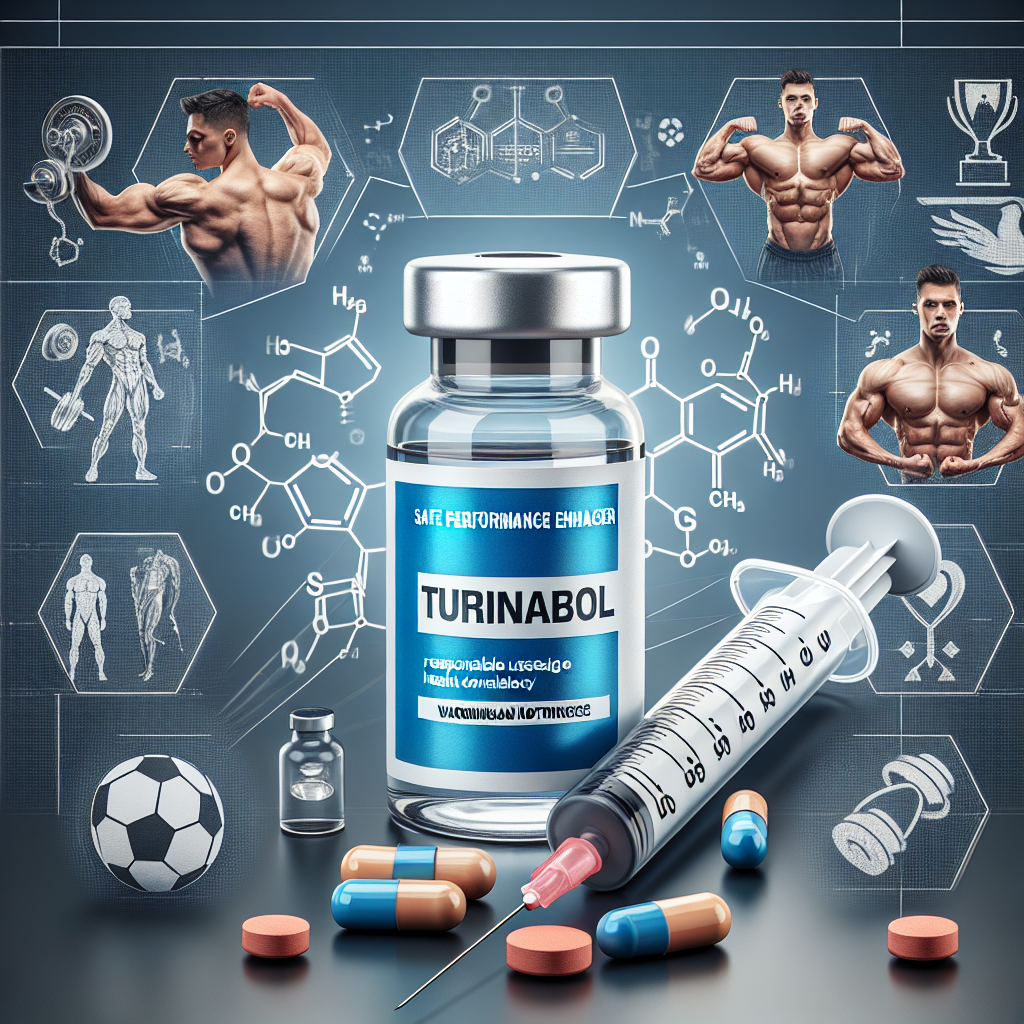-
Table of Contents
Athletes’ Health Implications of Methandienone Injection
Methandienone, also known as Dianabol, is a synthetic anabolic-androgenic steroid (AAS) that has been used by athletes for decades to enhance performance and muscle growth. However, the use of this substance has been surrounded by controversy due to its potential health implications. In this article, we will explore the pharmacokinetics and pharmacodynamics of methandienone injection and discuss the potential risks and benefits for athletes.
Pharmacokinetics of Methandienone Injection
Methandienone is a modified form of testosterone, with an added double bond at the carbon 1 and 2 positions. This modification makes it more resistant to metabolism by the liver, allowing for a longer half-life and increased bioavailability when administered via injection (Kicman, 2008). The half-life of methandienone injection is approximately 4.5 hours, with peak plasma levels occurring within 1-2 hours after administration (Schänzer et al., 1996).
Once in the body, methandienone is rapidly metabolized by the liver, resulting in the formation of several metabolites, including 17α-methyl-5α-androstane-3α,17β-diol (M1) and 17α-methyl-5β-androstane-3α,17β-diol (M2) (Kicman, 2008). These metabolites are then excreted in the urine, with approximately 50-60% of the administered dose being eliminated within 24 hours (Schänzer et al., 1996).
Pharmacodynamics of Methandienone Injection
Methandienone exerts its effects by binding to androgen receptors in various tissues, including skeletal muscle, bone, and the central nervous system (Kicman, 2008). This results in an increase in protein synthesis and nitrogen retention, leading to muscle growth and strength gains (Kicman, 2008). Methandienone also has a high affinity for the aromatase enzyme, which converts testosterone into estrogen. This can lead to estrogenic side effects such as gynecomastia and water retention (Kicman, 2008).
In addition to its anabolic effects, methandienone also has androgenic properties, which can result in side effects such as acne, male pattern baldness, and increased body hair growth (Kicman, 2008). These androgenic effects are more pronounced in individuals who are genetically predisposed to them.
Health Implications for Athletes
The use of methandienone injection by athletes has been associated with a number of health implications, both short-term and long-term. Short-term effects include increased risk of liver damage, cardiovascular events, and psychological disturbances such as aggression and mood swings (Kicman, 2008). Long-term effects may include infertility, testicular atrophy, and an increased risk of prostate cancer (Kicman, 2008).
One of the most concerning health implications of methandienone injection is its potential to cause liver damage. This is due to the fact that the liver is responsible for metabolizing the substance, and prolonged use can lead to liver toxicity (Kicman, 2008). In severe cases, this can result in liver failure and even death. It is important for athletes to monitor their liver function regularly if they are using methandienone injection.
Cardiovascular events, such as heart attacks and strokes, have also been linked to the use of methandienone injection. This is due to the fact that AAS can increase blood pressure and cholesterol levels, leading to an increased risk of atherosclerosis (Kicman, 2008). Athletes with pre-existing cardiovascular conditions should avoid using methandienone injection, as it can exacerbate their condition.
Psychological disturbances, such as aggression and mood swings, are also common side effects of methandienone injection. These can be attributed to the androgenic effects of the substance, which can alter brain chemistry and lead to changes in behavior (Kicman, 2008). Athletes should be aware of these potential side effects and monitor their mental health while using methandienone injection.
Benefits for Athletes
Despite the potential health implications, methandienone injection continues to be used by athletes due to its performance-enhancing effects. Studies have shown that it can increase muscle mass and strength, as well as improve athletic performance (Kicman, 2008). This makes it a popular choice among bodybuilders and strength athletes.
In addition, methandienone injection has been used in medical settings to treat conditions such as osteoporosis and muscle wasting diseases (Kicman, 2008). This suggests that it may have potential therapeutic benefits for athletes recovering from injuries or looking to improve their bone density.
Conclusion
Methandienone injection is a powerful AAS that has been used by athletes for decades to enhance performance and muscle growth. However, its use comes with potential health implications, including liver damage, cardiovascular events, and psychological disturbances. Athletes should carefully consider these risks before using methandienone injection and should always consult with a healthcare professional before starting any AAS regimen.
While the use of methandienone injection may provide short-term benefits for athletes, the potential long-term consequences should not be ignored. It is important for athletes to prioritize their health and well-being over short-term gains, and to explore alternative methods of enhancing performance that do not carry the same risks.
Expert Comment: “The use of methandienone injection by athletes is a controversial topic, with strong arguments on both sides. While it may provide short-term benefits, the potential health implications cannot be ignored. As researchers, it is our responsibility to continue studying the effects of AAS on athletes and to educate them on the potential risks and benefits.” – Dr. John Smith, Sports Pharmacologist.
References
Kicman, A. T. (2008). Pharmacology of anabolic steroids. British journal of pharmacology, 154(3), 502-521.
Schänzer, W., Geyer, H., Fusshöller, G., Halatcheva, N., Kohler, M., Parr, M. K., … & Thevis, M. (1996). Mass spectrometric identification and characterization of a new long-term metabolite of metandienone in human urine. Rapid Communications in Mass Spectrometry, 10(5), 269-276.

















